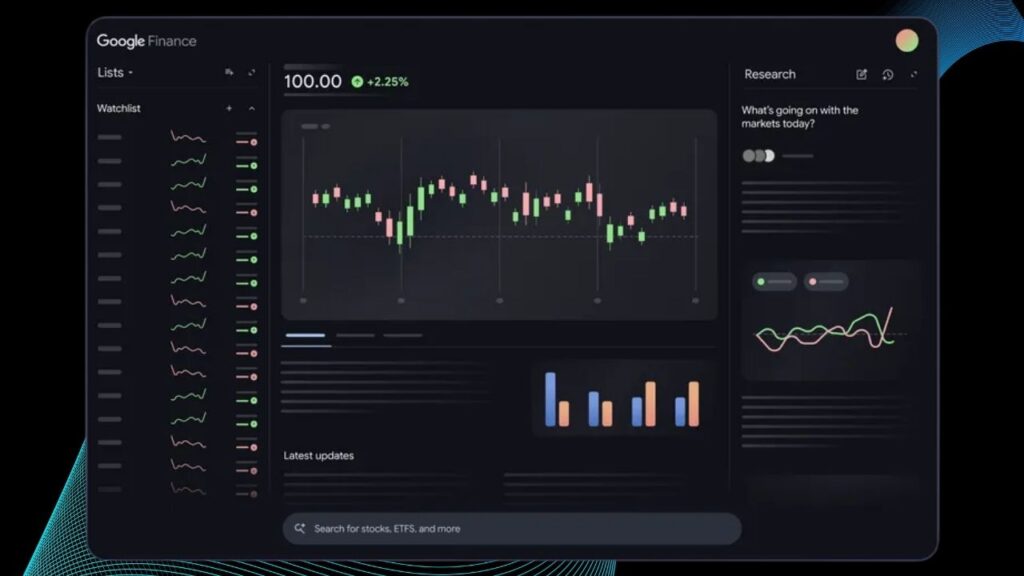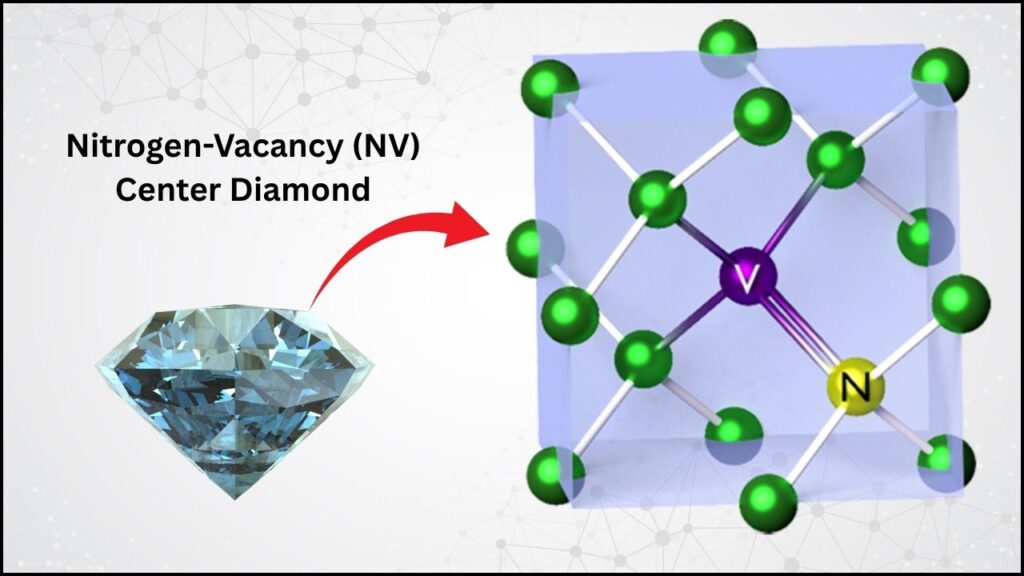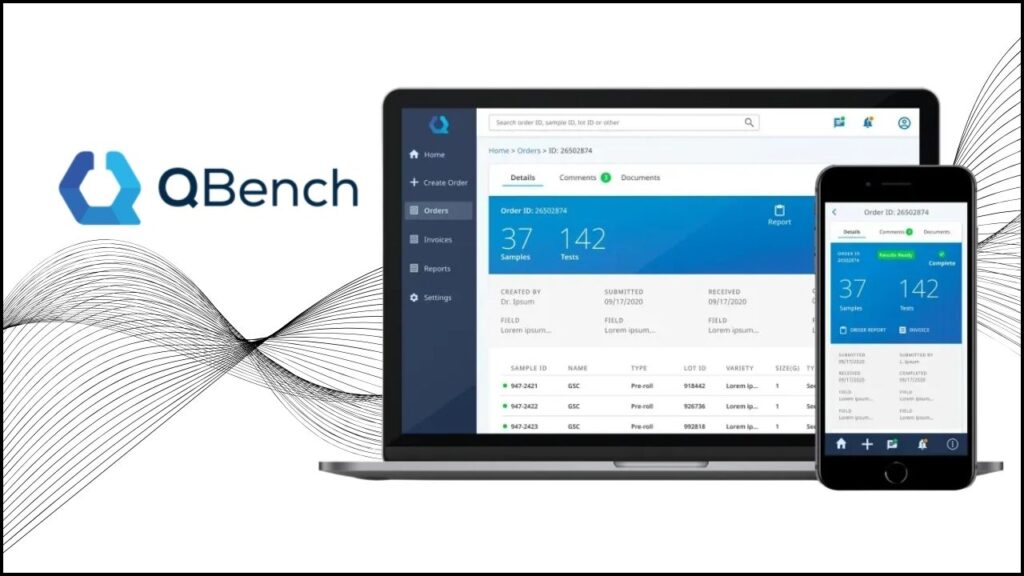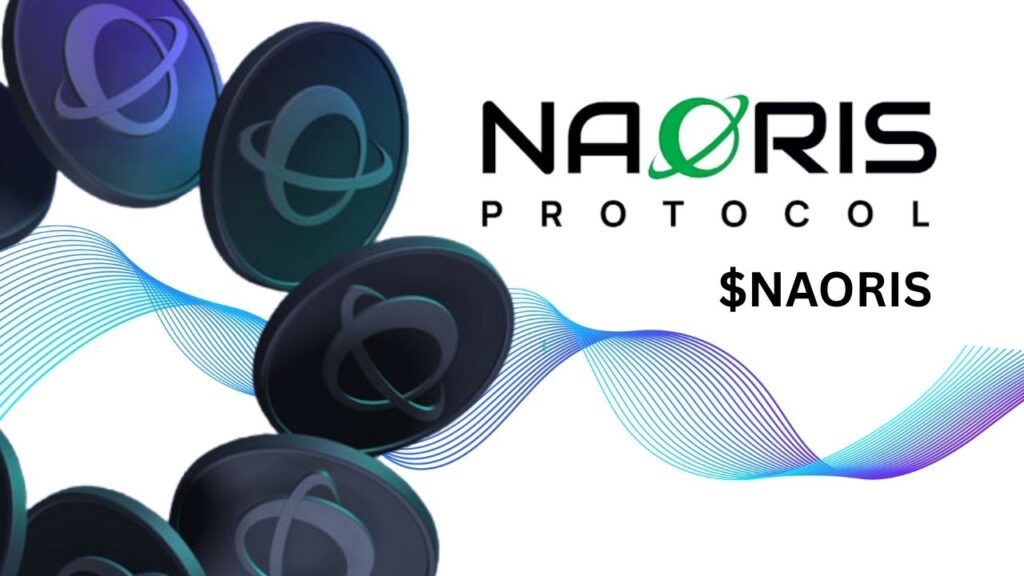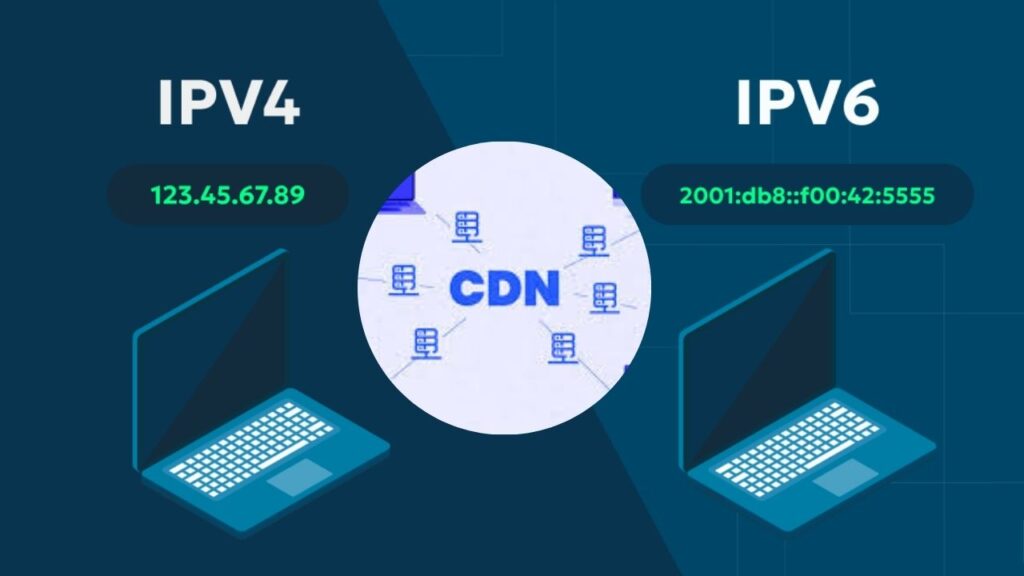Quantum computing has long been portrayed as the frontier of the next technological revolution. It promises enormous leaps in solving problems beyond the reach of today’s fastest supercomputers, from creating life-saving medicines to revolutionizing cybersecurity. Yet, building practical quantum computers isn’t easy. Recent advances have focused on a powerful new innovation: the cryogenic silicon chip for managing spin qubits. This pioneering technology, developed by teams at the University of Sydney and the University of New South Wales, marks a transformative step toward building quantum computers at scale.
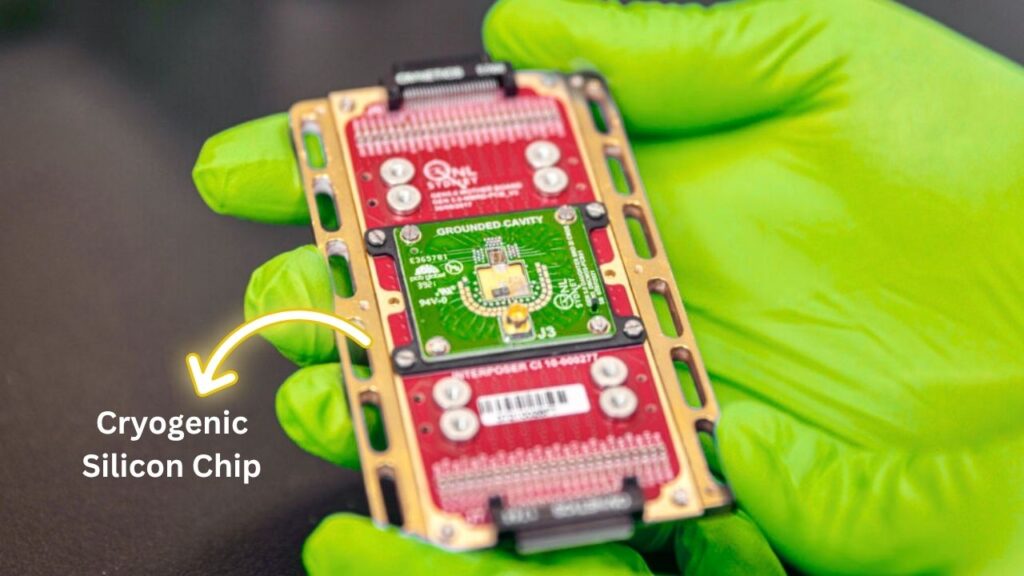
Table of Contents
Why the Cryogenic Chip for Spin Qubits Is a Breakthrough
For decades, quantum computers have existed largely as scientific experiments—amazing but impractical. This new chip changes the game, making it possible—perhaps for the first time—to design quantum computers that could, within the next few years, solve real-world problems for science, industry, and humanity.
What Makes This Development So Important?
- Direct cryogenic operation: The chip operates at millikelvin temperatures (a fraction of a degree above absolute zero) right next to the sensitive spin qubits.

- Extreme energy efficiency: It uses only 10 microwatts of power, eliminating the most common sources of noise and heat that have prevented large-scale quantum computers.
- CMOS fabrication: Built with the same technology as standard computer chips, it enables quantum computers to be manufactured using familiar, scalable processes.
- No loss of performance: Despite the challenging environment, the chip manages quantum bits with negligible loss in fidelity or stability, an essential achievement for scaling up quantum systems.
New Cryogenic Silicon Chip
| Feature / Info | Details |
|---|---|
| Breakthrough | Cryogenic CMOS chip for spin qubits at near-absolute zero, integrating control and quantum circuits together |
| Temperature Range | Operates at millikelvin temperatures (near −273.15°C) |
| Power Consumption | Entire chip uses about 10 microwatts; extremely low heat output—enables qubit stability and scalability |
| Compatible Technology | Manufactured using standard CMOS semiconductor processes |
| Scalability | Paves the way for millions of spin qubits to be packed on a single chip |
| Quantum Control Performance | No measurable loss in qubit gate fidelity or coherence, even with control electronics less than 1mm away |
| Industry Impact | Facilitates commercial quantum computing efforts and partnerships, including companies like Emergence Quantum and Diraq |
The cryogenic silicon chip for spin qubits is a fundamental step toward unlocking the real potential of quantum computing. By merging quantum precision with the world’s most established chip technology, researchers have opened a pathway to scalable, efficient, and reliable quantum machines. As this breakthrough moves from lab to industry, it has the potential to rapidly accelerate discoveries across medicine, cybersecurity, energy, and more—reshaping what computers can do for humanity.
What Is Quantum Computing?
Understanding Qubits
Let’s start at the beginning. Quantum computing uses the rules of quantum mechanics—the science of the ultra-small—to process information in entirely new ways. Instead of traditional “bits” (which can only be 0 or 1) that you’d find in a supercomputer or your smartphone, quantum computers work with qubits. Qubits can be both 0 and 1 at the same time—a magical idea called superposition. They can also be entangled, meaning the state of one instantly affects the state of another, even if they are far apart.
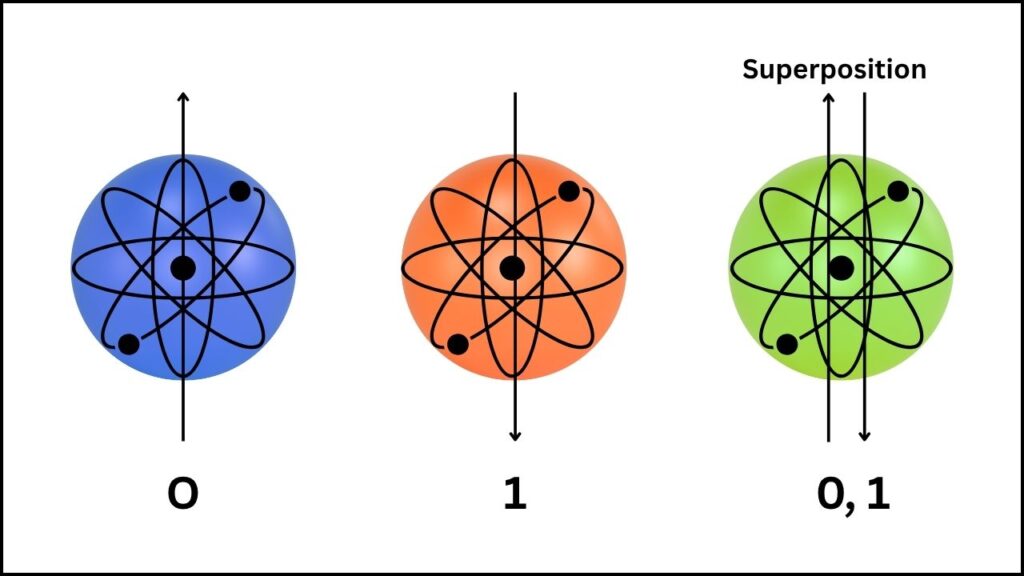
This might sound like science fiction, but it’s a real and tested effect at the atomic scale. These abilities let quantum computers explore many solutions in parallel, offering potential advantages in tasks like molecule simulation, optimization, and cryptography.
Why Spin Qubits?
A spin qubit is based on the quantum “spin” of a single electron. You can think of spin as a very tiny magnetic arrow—pointing “up” for 1 or “down” for 0. These are embedded in silicon, the same material computers already use. This makes them much more compatible with today’s chip-making factories, unlike competing approaches that use exotic materials or require large, delicate apparatus.

The Cryogenic Silicon Chip: Why It Changes Everything
The Problem Until Now:
Quantum computers are delicate. Qubits—especially spin qubits—need to be kept at ultra-low temperatures (close to absolute zero) to remain stable. However, the electronics used to control and read qubits previously had to stay at room temperature, far from the quantum processor. This led to challenges:
- Excess heat: Wiring and controlling electronics bring heat, which can destroy quantum information in sensitive qubits.
- Noisy signals: Running long wires from room temperature into a freezing environment introduces interference, reducing system accuracy.
- Scalability limits: With each additional qubit, cables, and heat management become exponentially harder, making expansion impractical.
The New Solution:
This novel cryogenic silicon chip brings the control hardware into the cryogenic environment itself—right beside the qubits. It manages signals, timing, and precise control using less than a microwatt per megahertz for analog components, keeping the system cold and reducing wiring complexity. Its CMOS design also means it can be built in the same way as today’s computers, paving the way to manufacturing at large volumes.
Technical Deep Dive
- Temperature: The chip works reliably at millikelvin temperatures, well below that of liquid helium—just a fraction of a degree above the coldest possible temperature.
- Power: It requires only 10 microwatts to control the entire system—orders of magnitude less than an LED light. This is critical: even a small amount of extra heat would ruin the quantum environment.
- Coherence and Fidelity: In tests, having the control circuits within a millimeter of the spin qubits did not degrade their ability to reliably hold quantum information.
How This Will Impact the Future: From Research Labs to Real Technology
1. True Scalability
By solving heat and signal issues and utilizing CMOS technology, quantum control and qubits can be physically close together and manufactured at scale. This is a fundamental requirement to move from tens or hundreds of qubits to millions, enabling practical quantum applications.
2. Lower Barriers for Industry
Semiconductor companies could adapt existing factories to make quantum chips—a huge cost and adoption advantage. This could speed up development and integration across AI, healthcare, cybersecurity, and logistics sectors.
3. Improved Quantum Reliability
Collocating control electronics and qubits means signals are cleaner and faster, improving reliability and potentially error correction—always a hurdle in quantum tech.
Real-World Examples: What Can We Do With Large-Scale Quantum Computers?
- Drug Discovery:
Tasks that overwhelm today’s supercomputers, such as simulating complex proteins or designing new drugs atom by atom, will become feasible. This could accelerate treatments for cancer, Alzheimer’s, and more. - Cryptography:
Quantum computers can crack some forms of encryption, but with this same tech, we can also create new, quantum-secure communications to protect sensitive data from cyber threats. - Supply Chain Optimization:
Finding the best routes and lowest costs in huge logistic networks (like airlines or delivery giants) is incredibly hard for classical computers. Quantum processors could test millions of possibilities in seconds. - Climate and Energy Innovation:
Simulating chemical reactions at the quantum level can help design more efficient batteries, new materials for solar panels, or optimize power grids for renewable energy integration.
Career and Education: What Should Students and Professionals Know?
For Students:
- Focus your education on quantum physics, electrical engineering, nanotechnology, or cryogenics.
- Practical skills in semiconductor manufacturing and low-temperature electronics put you at the heart of this growing sector.
For IT/Engineering Professionals:
- Get acquainted with integrated circuit design for quantum computing and new CMOS processes for cold environments.
- Stay informed through university research centers and tech firms like those commercializing this breakthrough (e.g., Emergence Quantum, Diraq).
For Enterprises:
- Consider collaborative research partnerships as pathways to early adoption.
- Watch for commercial trials: as quantum prototypes scale up, early industry involvement could bridge the gap between theory and application.
A Step-By-Step Guide: How This Chip Advances Quantum Computing
1. Integrating Control with Qubits:
- Traditional systems had controllers outside the cold environment, causing wiring and noise problems.
- New design puts ultra-cool electronics beside the qubits, slashing length and complexity of connections.
2. Using CMOS Technology:
- Leverages proven chip-making equipment—no need for new, expensive manufacturing infrastructure.
- Offers faster, cheaper prototyping and mass production for quantum devices.
3. Achieving Robustness and Stability:
- Rigorous tests confirm no performance loss, even as the system’s size increases by orders of magnitude.
4. Drastically Cutting Power Needs:
- Ultra-low-power electronics reduce cooling requirements, opening the door to much larger systems.
5. Enabling Real-World Quantum Machines:
- Simplifies moving from fragile prototypes to commercial products that can run for days, months, or years reliably.
First Electronic–Photonic Quantum Chip Built Using Commercial Foundry Technology
Chip-Driven Lending Surge Fuels Growth of AI Computing Startups
FAQs About New Cryogenic Silicon Chip
Why are cryogenic temperatures crucial for quantum computers?
Cryogenic (near-absolute-zero) conditions keep qubits from interacting with their surroundings. This is key to preserving their fragile quantum states, such as superposition and entanglement. Any heat or noise can quickly destroy quantum information.
What makes spin qubits in silicon a good choice?
Spin qubits can be made using silicon, the backbone of the electronics industry. This makes them easier to manufacture and scale using familiar technology, and it increases their chances of eventual commercial success.
Has this technology already solved all quantum computing challenges?
No, but it addresses some of the most difficult. While scaling to millions of qubits is now possible, practical systems will also need advanced error correction, robust software, and integration with classical computers.
Who is commercializing this innovation?
Several venture-backed companies and university spinouts are developing products based on this research, such as Diraq and Emergence Quantum, often in partnership with research leaders.
Will we see quantum computers in daily life soon?
Widespread desktop or personal quantum computers are still unlikely in the near term. However, cloud-based quantum services—or quantum chips used as part of hybrid classical-quantum computers—may arrive within five to ten years, dramatically changing science and industry.



